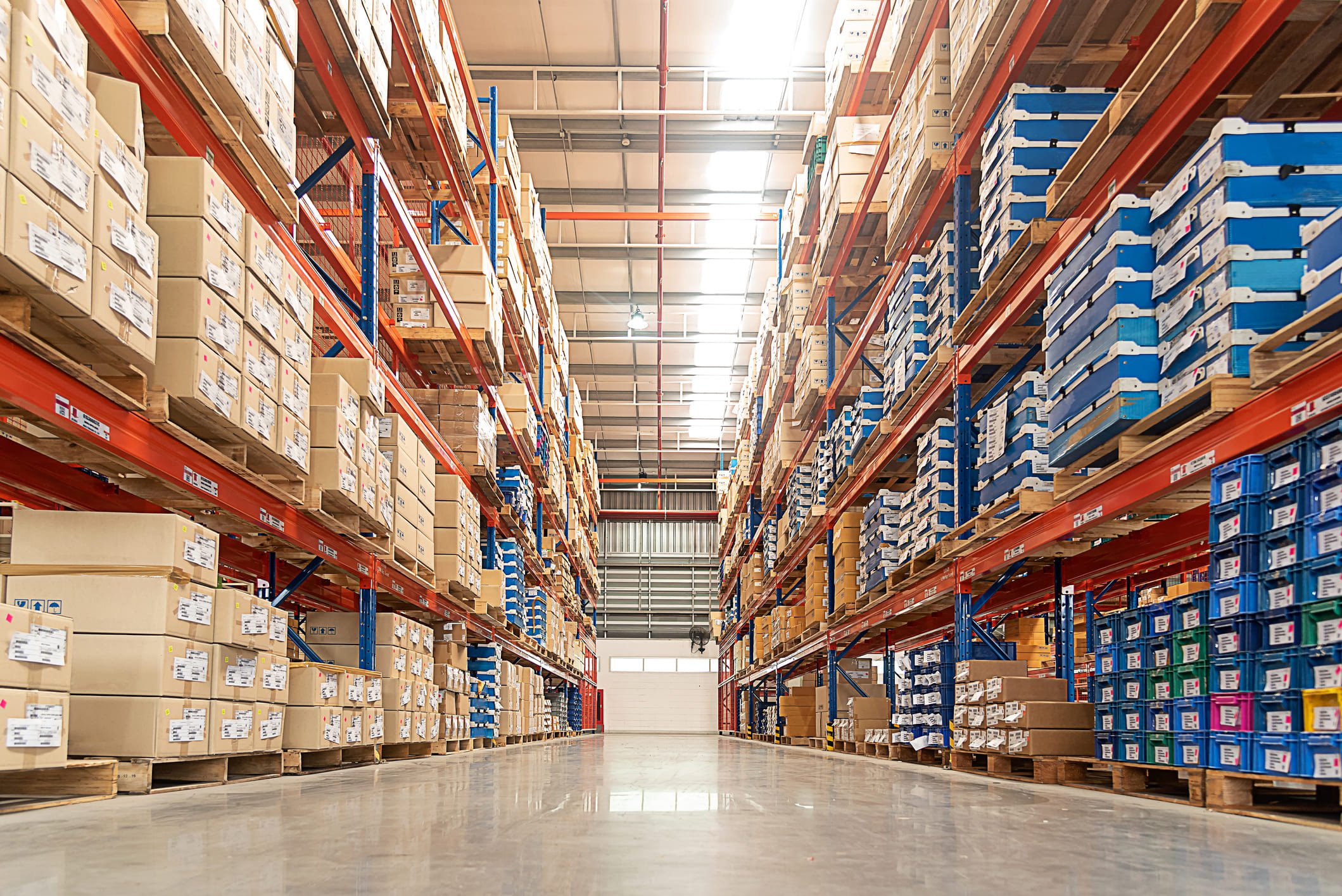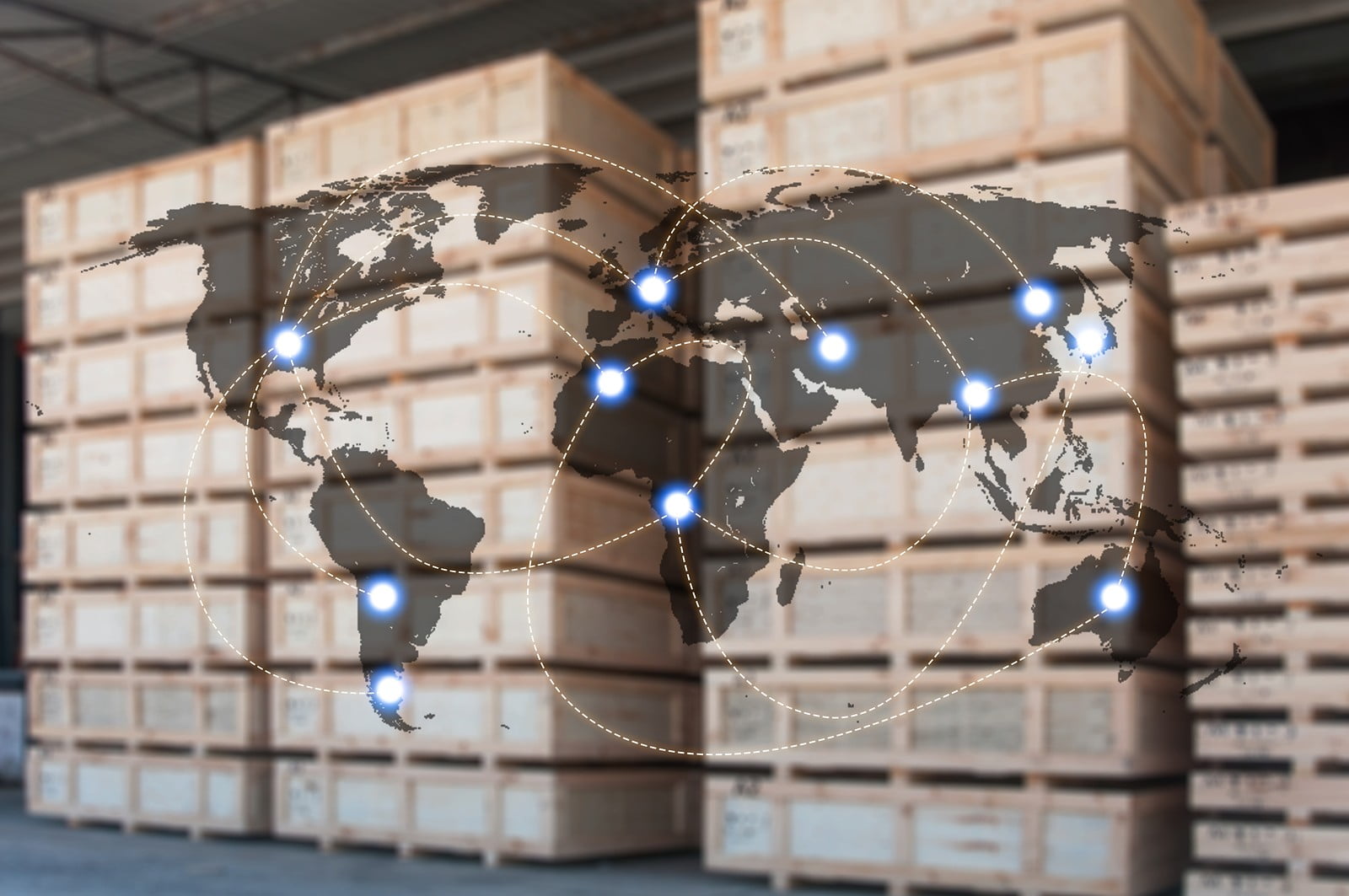When it comes to moving or relocating, one of the most significant challenges you might face is how to store your belongings safely. Whether you’re downsizing, moving to a new city, or just need extra space, finding the right storage facility is crucial. With numerous options available in India, choosing between a professional storage facility and a regular storage facility can be overwhelming. Understanding the differences between these two types of storage solutions will help you make an informed decision.
In this blog, we’ll explore the types of storage facilities available in India, the costs associated with each in urban and rural areas, and the unique benefits of storage and warehousing solutions tailored to your needs. By the end, you’ll have a clearer understanding of which type of storage facility best suits your requirements.
Understanding Storage Facilities
Before diving into the comparison, let’s first understand what a storage facility is. A storage facility is a space where you can temporarily keep your belongings. These facilities come in various forms, offering different types of secure storage services to cater to various needs. They are ideal for people looking for extra space due to relocation, renovation, or any other reason.
Types of Storage Facilities in India
In India, storage facilities can be broadly categorized into two main types:
Regular Storage Facilities:
These are typically self-storage units that are available in various sizes. They offer basic services and security measures, making them a cost-effective option for short-term storage. Common storage types include
- Self-Storage Units: Rented spaces where you can access your belongings at any time.
- Garage or Shed Storage: Often available in residential areas, these spaces may offer less security and limited access.
Professional Storage Facilities:
These are specialized storage services that provide enhanced security, climate control, and additional features. Types of professional storage facilities include:
- Warehousing Solutions: Suitable for businesses that require large-scale storage for inventory and equipment.
- Climate-Controlled Storage: Ideal for sensitive items like electronics, artwork, or documents that require specific environmental conditions.
- Managed Storage Services: These services often include packing, transportation, and inventory management, providing a hassle-free solution for individuals and businesses.
Understanding the differences between these types of facilities is essential to selecting the right one for your needs.
Costs of Storage Facilities in Urban and Rural Areas
The cost of renting a storage facility varies significantly depending on location, size, and the type of facility.
- Urban Areas: In metro cities like Mumbai, Delhi, Bangalore etc., the average monthly cost for a regular self-storage unit can range from ₹1,500 to ₹5,000, depending on the size. Professional storage facilities, which offer better security and climate control, can start from ₹3,000 and go up to ₹10,000 or more.
- Rural Areas: In smaller towns or rural locations, the costs are typically lower. A basic self-storage unit may cost between ₹1,000 and ₹2,500 per month. Professional storage facilities are less common but can still be found, usually costing around ₹2,500 to ₹6,000 per month.
When deciding on a storage option, it’s essential to consider your budget alongside the type of service you require.
Professional Storage Facility vs. Regular Storage Facility which is better?
Security Features: One of the most significant differences between a professional storage facility and a regular storage facility is security.
Professional Storage Facilities: These often come equipped with advanced security systems, including 24/7 surveillance, electronic access control, and on-site staff to monitor the premises. If you’re storing valuable items, the added security provides peace of mind.
Regular Storage Facilities: While they may have basic security measures like locks and gates, they generally lack the extensive security features found in professional facilities. This could be a risk if you’re storing high-value items.
Accessibility and Convenience: Accessibility is another crucial factor to consider when choosing a storage facility.
Professional Storage Facilities: They typically offer extended hours of access and sometimes even 24-hour access. Managed services may also provide additional assistance, such as packing and delivery, making the process more convenient.
Regular Storage Facilities: These often have limited access hours and may not offer any additional services. If you need to retrieve your belongings frequently, this could be a significant disadvantage.
Climate Control: If you’re considering storing items that are sensitive to temperature and humidity, climate control is a vital feature.
Professional Storage Facilities: They often provide climate-controlled environments to protect your belongings from extreme temperatures and humidity. This is particularly important for items like electronics, antiques, and important documents.
Regular Storage Facilities: These typically lack climate control, making them unsuitable for sensitive items. If you’re storing such belongings, opting for a professional facility is advisable.
Cost vs. Value: When evaluating options, the cost of each facility is a significant consideration.
Professional Storage Facilities: While they tend to be more expensive than regular facilities, the added security, climate control, and convenience often justify the price. Investing in storage and warehousing solutions can save you money in the long run by protecting your valuables.
Regular Storage Facilities: These are generally more affordable and may be a good option for short-term or less valuable storage needs. However, the cost savings could be outweighed by potential risks, especially for valuable or sensitive items.
Conclusion
Choosing between a professional storage facility and a regular storage facility ultimately depends on your specific needs and budget. If you require enhanced security, climate control, and additional services, investing in a professional facility will provide you with peace of mind and protect your belongings effectively. On the other hand, if you’re looking for a cost-effective solution for less valuable items, a regular storage facility may suffice.
As you weigh your options, consider the value of your belongings, how often you’ll need access, and any specific storage requirements you may have.
If you’re considering a move or need help with storage solutions, Writer’s Relocation is here to assist you every step of the way. Our expert team can guide you in providing the best storage facility tailored to your needs, ensuring a smooth and hassle-free transition. Don’t hesitate to reach out to us for all your relocation and storage needs!








